Barcelona: smart city revolution in progress
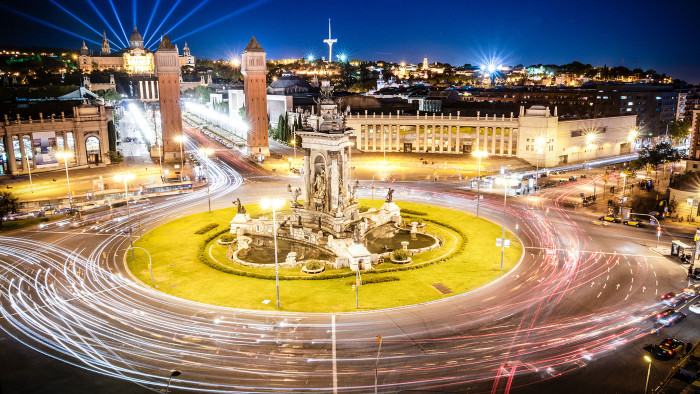
Roula Khalaf, Editor of the FT, selects her favourite stories in this weekly newsletter.
Barcelona is rethinking its smart city projects. The Spanish metropolis has long had a reputation for being at the forefront of urban technological innovation. With a municipal network of 500km of optical fibre, free WiFi routed via street lighting, and sensors to monitor air quality, parking spaces and even waste bins, Barcelona has been at the cutting edge of testing the internet of things (IoT). Now the city wants to turn that into an internet for citizens.
Francesca Bria, Barcelona’s chief technology officer and digital commissioner, says her brief is “to rethink the smart city from the ground up, meaning to rethink technology, [focusing] on what it can do to serve the people, instead of a technology push agenda”.
Bria’s goal is to align technology development much more closely with the policy goals of a new-broom administration. Since the election as mayor in May 2015 of Ada Colau, a housing activist, Barcelona has seen itself as a test bed for developing a more citizen-focused form of participative democracy.
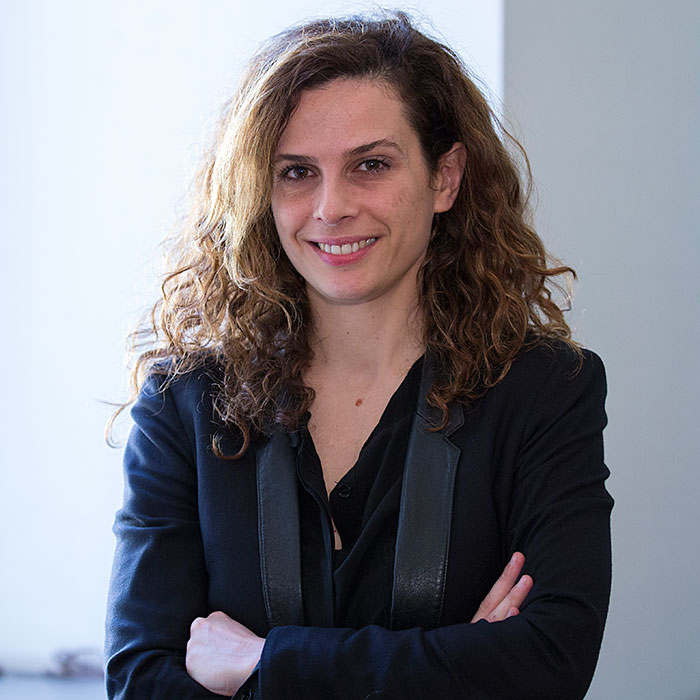
Colau recruited Bria, an Italian, from UK-based innovation foundation Nesta, where she had led a report for the European Commission on developing social innovation.
Bria’s first task in Barcelona was to review what the smart city strategy had achieved and to look at how to take it forward. Barcelona’s innovation agenda has produced some valuable lessons for both the city and its private-sector partners, such as US technology group Cisco.
Antonio Conde, Cisco’s head of innovation in Spain, says some of the technologies have helped make Barcelona’s public services more efficient, and less harmful to the environment. Sensors have reduced the amount of water used by city parks, for example, saving money but also trimming consumption of a resource that is scarce in the city and its hinterland. Bus users have benefited from more reliable services, information updates at bus stops and simplified ticketing.
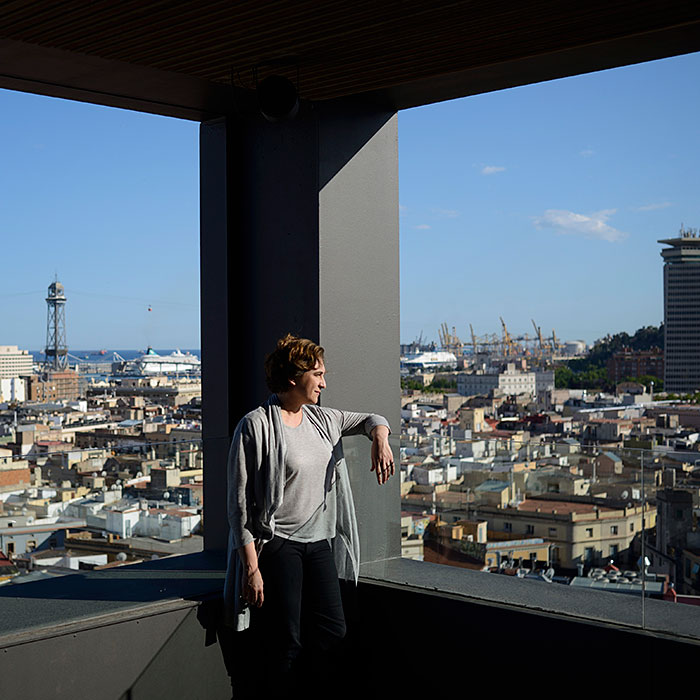
Some of the technological innovations have produced benefits different to those originally planned. One example is street lighting. Technology companies had thought that upgrading street lamps with LED bulbs and sensors would enable the city to save money by turning the lights down when no one was around. However, although the LED lights did lead to savings, Conde says, rather than turning the lights down to save money, the city authorities turned them up to attract people to areas where events were taking place.
Not all technology has proved useful. In one project, electromagnetic sensors were placed under street parking bays to indicate whether they were free or occupied. Whenever a subway train stopped beneath, however, its mass of metal tripped the sensors to read “occupied” until the train moved on. Moreover, since parking places are typically filled within 30 seconds of becoming available, it became apparent there was little point developing a system to direct drivers to free spaces.
Space-vacancy sensors in multistorey car parks have been a big success, though, helping drivers find spaces and increasing the city’s parking revenues. Yet developing an application that would enable drivers to reserve a space before they travel remains impossible because of difficulties in getting different systems to interact.
“There are a lot of different silos, a lot of sensor vendors, a lot of different applications, and the first thing we need is a common layer,” says Conde. “The main lesson we have learnt in Barcelona is that the first thing you need to become a successful smart city is to start deploying a common platform.”
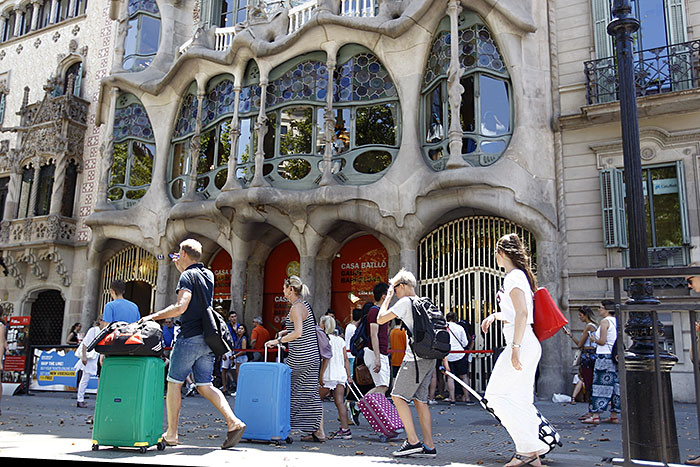
Bria expands on the challenge. “City Hall ended up with a lot of data, with a lot of dashboards, and yet without any capacity to really use data and information to take better decisions for the public good, or give ownership of the data to citizens,” she says.
Outcomes like these explain why development of an open-source common data infrastructure is at the heart of the city’s new strategic technology plan, Roadmap Towards Technological Sovereignty. The aim is to create an open-source sensor network, with common standards, connected to a computer platform managed by the city itself. Barcelona wants to retain ownership of its own network, platform and data, and protect the data of its residents, yet ensure people and companies can access information that belongs in the public realm.
The city authorities are encouraging citizens to participate in planning policies through a hybrid process of neighbourhood meetings and online consultation. The city is enhancing its own transparency, inviting the public to flag any signs of corruption in municipal contracts it is putting online. It is also developing an online map and register of vacant properties and rentals as part of its drive to improve the supply of affordable housing. It hopes to encourage local small and medium-sized businesses to develop products and services using city networks and data.
Above all, the aim is to put people first. “We reversed the paradigm completely,” says Bria. Today, she says, Barcelona’s smart city strategy is based on citizen’s needs and policy goals.
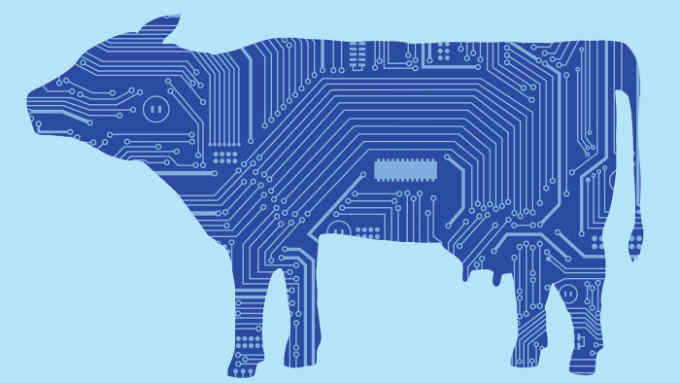
Comments